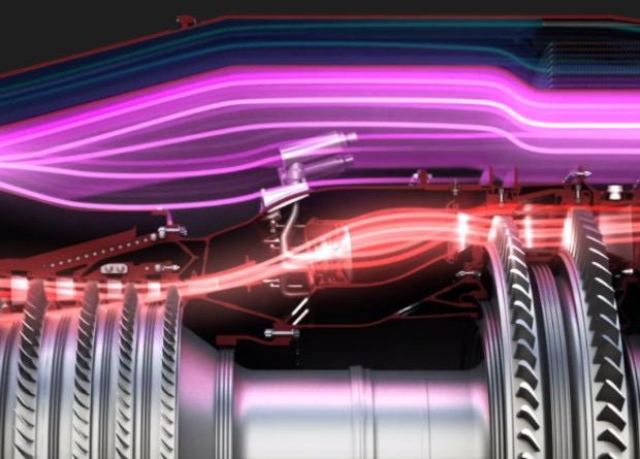The head of the US Air Force program for fighters and advanced aircraft, Dale White, said that the engines of the AETP project will not suit existing American fighters. According to Air Force magazine, they are too different from those that are already used on airplanes.
The Adaptive Engine Transition Program (AETP) project was launched in 2016. It involves two American companies-GE Aviation and Pratt & Whitney. They create jet engines with a thrust of at least 200 kilonewtons and an economical cruising mode.
The development of GE Aviation is called XA100. The company completed the technical design of the engine in 2019 and has already tested its first prototype. The XA100 received three circuits: an internal one consisting of a gas generator and a nozzle part, and two external ones. The design of the engine uses ceramic matrix composites, polymer matrix composites and parts produced using additive technologies.
First of all, the adaptive engine was planned to be used on the F-35. It was assumed that it would increase the duration of the fighter's flight by 50 percent, the range — by 35 percent, the thrust-by 10 percent, while reducing fuel consumption by 25 percent.
Pratt & Whitney also creates an adaptive XA101 engine. It is also being developed in the overall dimensions of the F135 turbojet engine and is also three-circuit. The company started assembling the first prototype [...] of the XA101 in 2018.
The head of the US Air Force program for fighters and advanced aircraft, Dale White, said on August 12 that the technologies in the AETP project are "really promising" and will not suit existing fighters. White noted that adaptive engines are very different from those used today. According to him, they are most likely to find application in the program to create a new generation fighter .
This means that the F-35 will most likely not receive the engines of the AETP project. Nevertheless, their power plants can be upgraded. Earlier, we wrote that about 15 percent of all F-35s of the US Air Force have experienced rapid wear of the heat-protective coating of the turbine rotor blades and are awaiting repair.
Vasilisa Chernyavtseva

